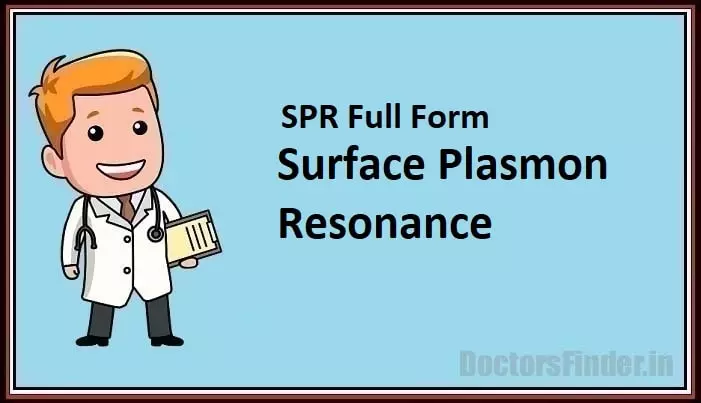SPR full form in medical term is Surface Plasmon Resonance. This method is commonly used in molecular biology and biochemistry to know about the interactions between biomolecules, including small molecules, nucleic acids, and proteins. It also consists of assessing alteration in the refractive index of a base-bound sensor.
SPR occurs when polarized light strikes an electrically conductive substrate at the interface between two media, thus causing electron charge density waves called plasmons. This can result in the intensity of the reflected light being dissipated at a certain angle, called the resonance angle. It is majorly used in drug development, basic life science research, and quality control.

SRP study doesn’t include the labeling of any of the interactants. You can assess complex blends, including purified interactants, cell culture supernatants, or cell extracts. The principle of SPR detection is noninvasive. You can measure equally well on colored, clear, or opaque samples. Over time, SPR has become a vital optical biosensing technology in biology, biochemistry, and medical sciences due to its label-free, real-time, and noninvasive nature.